The Case for Pigeon-Watching
A new book is part ornithology guide, part ode to the misunderstood urban birds.
Growing up in Canadian cities with a bird-watching mom, Rosemary Mosco was no stranger to pigeons. “You can’t help but notice,” she says. Other kids sometimes even brought injured pigeons to Mosco, trusting her to shepherd them to a nearby wildlife care center.
Eventually, Mosco wanted to learn more about the lives and lineages of these neighborhood fixtures. “I was interacting with them, but it took a long time for me to realize that they weren’t native to the area and wonder why they were here,” she says. “I’ve always thought they are kind of cooler than a lot of people think.”
Today Mosco works as an illustrator and author (and caretaker of happily noisy pet parrots), and recently decided to swoop into pigeon biology, genetics, communication, flirting, and more. Her new book, A Pocket Guide to Pigeon Watching: Getting to Know the World’s Most Misunderstood Bird, is part ornithology guide, part ode. Flitting across continents and millennia, Mosco describes how pigeons have been domesticated, depicted in art (and the Bible), and recruited as allies in combat—and why some humans soured on them.
Mosco talked with Atlas Obscura about the long history of domestication, the way that cities mimic a natural setting, and why pigeons are worthy of wonder.

What’s so awesome about pigeons?
What makes our city pigeons really cool is that they are feral domesticated animals. They’re basically like a stray cat or like a feral dog: mutts mixed from a whole bunch of different, really amazing breeds. To understand where they came from, you have to understand purebred pigeons.
Pigeons were domesticated over 5,000 years ago. We have some rough information, but it’s really hard to untangle that early stuff because we’re bumping up against the dawn of recorded writing. We know it happened in the Fertile Crescent, and that it coincided with people farming grain—because if there’s one thing that pigeons adore, it’s grain.
Domestication is a complicated process. It probably didn’t happen in one place or at one time—it probably happened a few different times. People started farming, the pigeons started to hang around the people, and people realized these pigeons could be useful. They built structures that encouraged the pigeons to nest, threw down some grain, and then it slowly took off from there.
Where’s the best place to camp out and see pigeons?
They just love anywhere urban. Anywhere there are people in large numbers and the food that people consume, they will be there. They’ll also be in agricultural areas or little towns, but you’ll definitely see most of them in the city, because you’ll see the most people and the most people dropping food. They’re really just all over the place, and they’re there all year round, so you don’t have to travel to go see them.
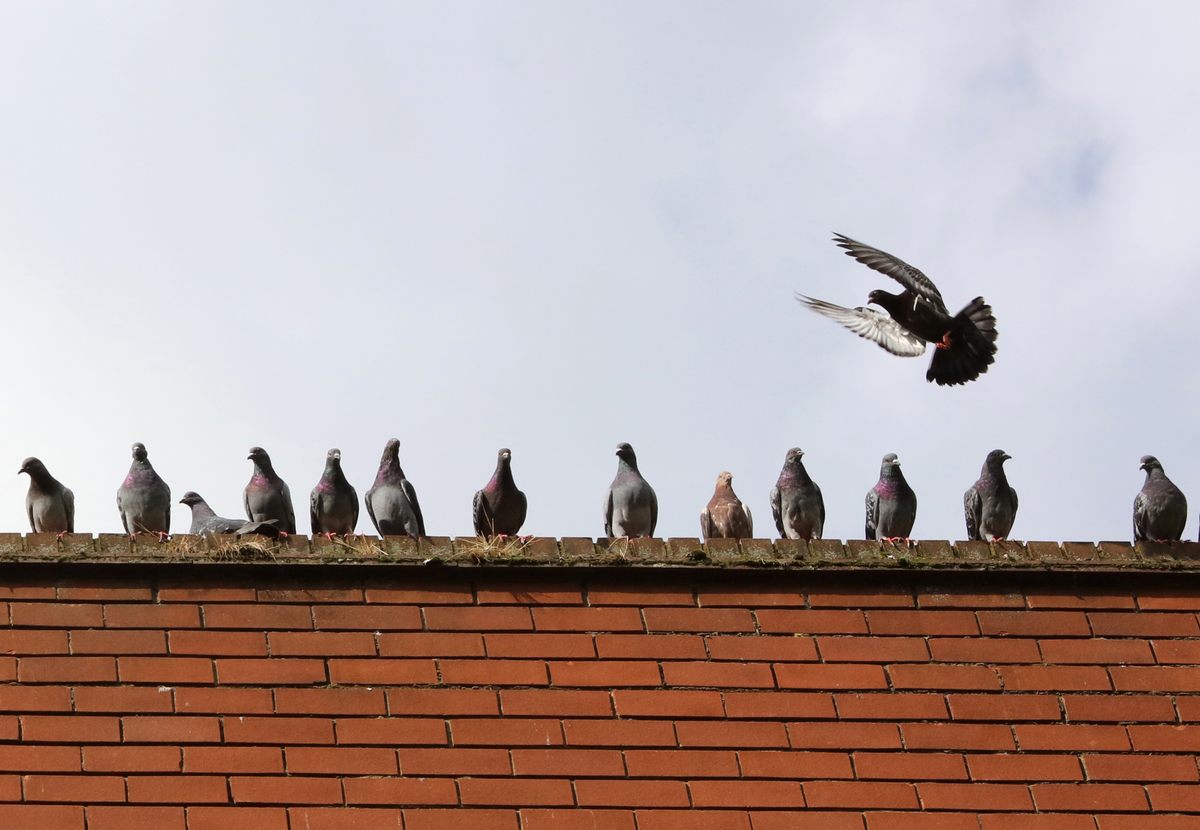
The only place that is really not great for pigeon-watching is anywhere that’s really, really wooded. They really don’t do well when they’re far away from people now because we’ve molded them for so many years. This is what they’re suited for. You won’t see them in a redwood tree.
Pigeons often forage near trash cans. What are they looking for?
They’re not super discerning, but they have their preferences; they won’t just eat whatever is in the trash. They really prefer legumes—lentils, peas, that kind of stuff. A lot of the food that people trash is bits of bread or crackers. That’s what they like. The other day I walked past a flock of pigeons and someone had dropped a bunch of lentils. And I was like, “Wow, someone really knows their pigeon ecology.”
How has pigeon-watching affected the way you experience the rest of the world, whether natural landscapes or the built environment?
Because pigeons are so prominent in the city, if you watch them, you will tap into so much more that’s happening in the urban bird world. In my area, they’re the main prey of birds like the peregrine falcon, and red-tailed hawks and Cooper’s hawks also eat them. Noticing them helps you tap into the whole world of urban bird-watching.
Also, it is really interesting to look at the city and realize how similar it is to a stony cliff–like environment. People often ask, “Where are the baby pigeons? How come you never see baby pigeons?” It’s true you rarely see baby pigeons, or by the time you do, they’re grown-up enough that they look pretty similar to adults. One of the reasons is that pigeons don’t build nests in trees; they nest in crevices and cliffs. In the city, they nest in little, hidden pockets. There was a deli that I used to stop by on the way home, and sometimes I would hear the baby pigeons calling from behind the sign because there was a flat, warm area back there. It’s neat to realize that there are all these hidden pockets in our architecture that are acting as these nests. Without the ability to listen for the baby pigeons, you might not realize how many little cracks there are in all of our little facades.
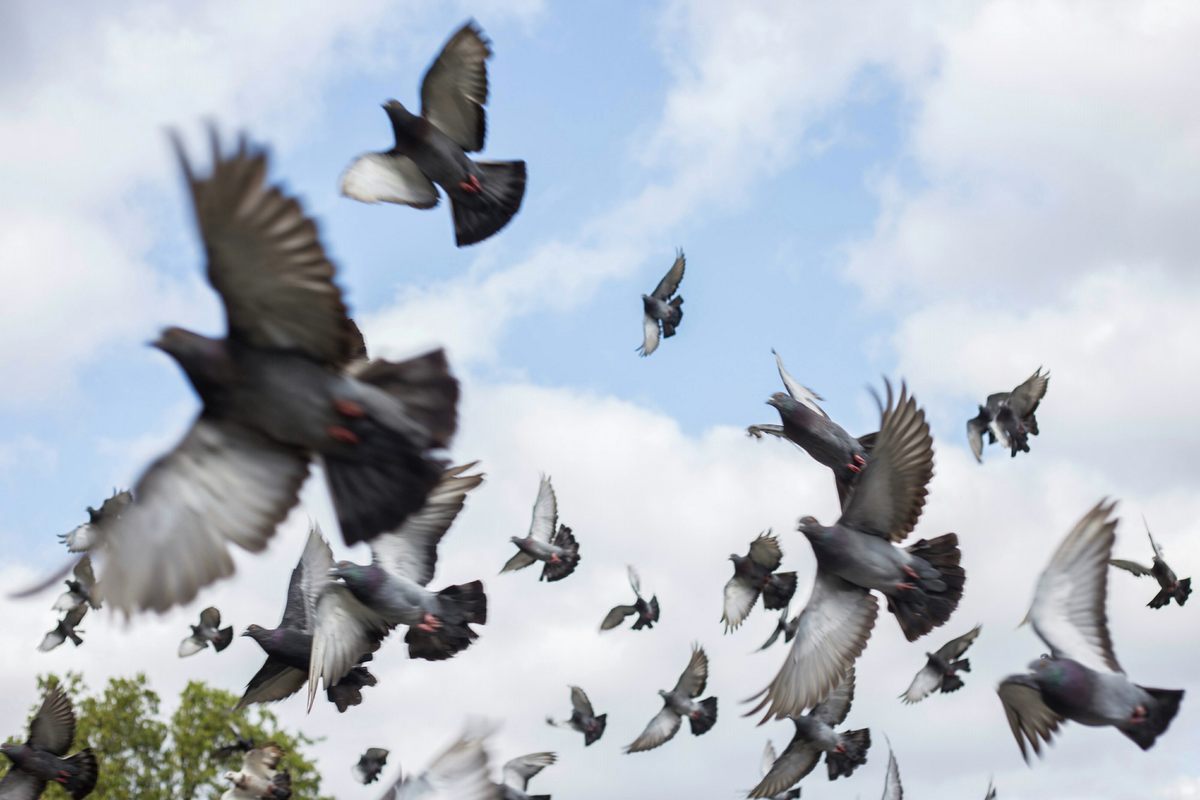
Someone tweeted the funniest thing at me: There’s a building in New York City that is this sort of fancy, semi-Brutalist architecture, but it was accidentally built to look exactly like a dovecote, the type of structure that people raise pigeons in—a wall with evenly spaced, square holes. It’s like they built an unintentional pigeon house. There’s a pigeon in every little nook on the side of this building, like, “Oh yeah, I know what this is.”
Have you ever encountered pigeons somewhere surprising?
Pigeon ancestors, the wild pigeons, nested in holes in cliffs, sometimes beside the sea or other water body. It’s not clear at the moment whether there are any truly wild populations left because they’ve been domesticated for so, so, so long that there’s some input of domestic genes into a lot of populations. But I did talk to a researcher who’s studying them in Scotland, and he describes some on windswept cliffs looking very, very wild.
It reminded me of one time years ago when I lived in Toronto and I went to a beach and there was a sandy cliff beside it. There were these pigeons nesting in the holes in the cliff and it was like, “Oh, this is what they used to look like,” or “This is what whatever wild populations that are around look like.” It’s so weird to see them not in the city, but they were totally comfortable.
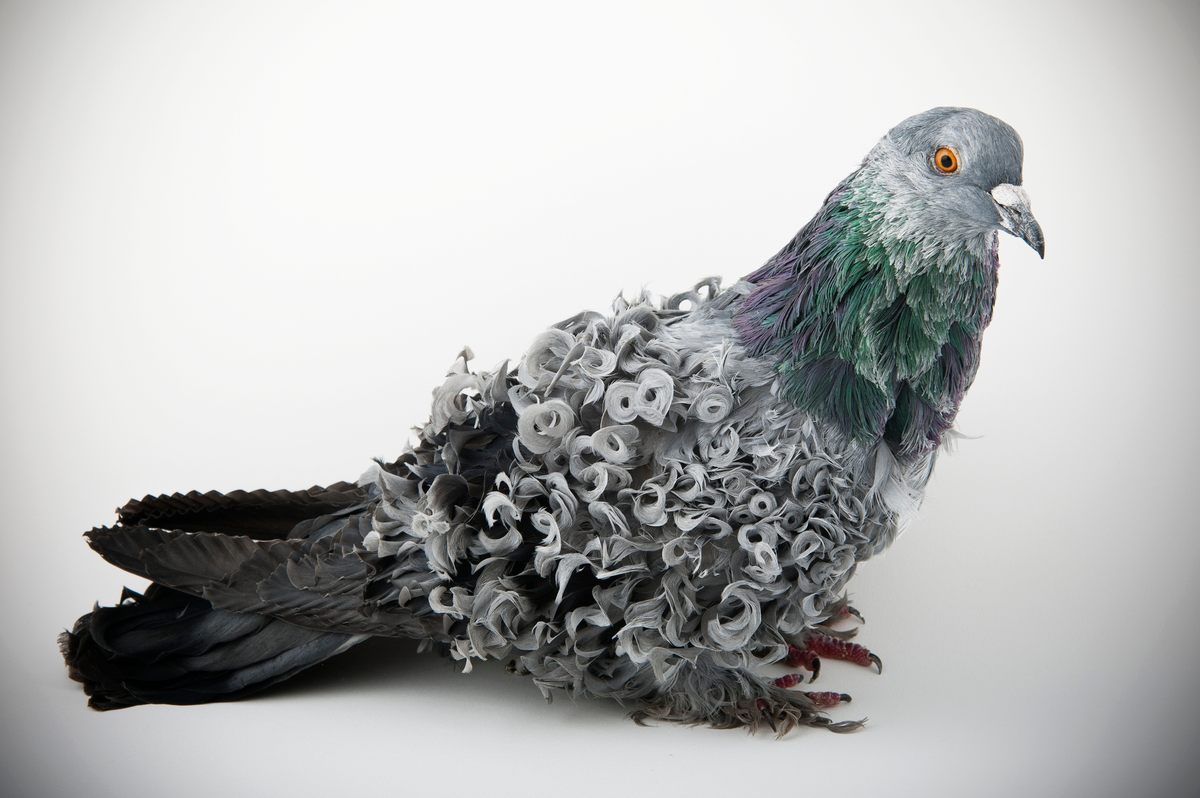
Your book highlights tons of pigeon types, from ones that look like they have cozy collars, to ones with wings that look a little like houndstooth coats. Are there any pigeons you’re particularly keen to find?
We bred pigeons to have as much variety as a dog or a cat. Because they’re a little bit out of fashion, ordinary people don’t know a frillback, but they know a Great Dane. They know a Persian cat, but they don’t know a Hungarian house pigeon. Pick any trait of pigeons, and they’ve been taken to an extreme in some breeds. The frillback is really wild: If you look at one next to a poodle, you’re like, “Oh, I see what they’re going for there.” My favorite is the archangel, where they took the shininess of the neck and spread it to the entire bird. The whole thing is just this glittery, iridescent, spectacular bird. If you like bills, there are the scandaroons that have a big, droopy bill, and then the owl pigeons that have a little, tiny, almost raptor-y bill.
I mostly focused on the feral birds instead of the purebred birds because that world is so old and big and has so much literature and so many experts. It would be sort of like someone who didn’t know anything about purebred dogs being like, “I’m going to write a book about dog breeding.” I didn’t want to be presumptuous about it, so I just kind of nodded to some of the cooler breeds.
I think I’ve probably seen all the ones that I would want to see, but there’s endless variety in terms of stuff you’ll find. I follow a pigeon rescue, and yesterday they posted one with one orange eye and one all dark. It was just the coolest-looking bird.
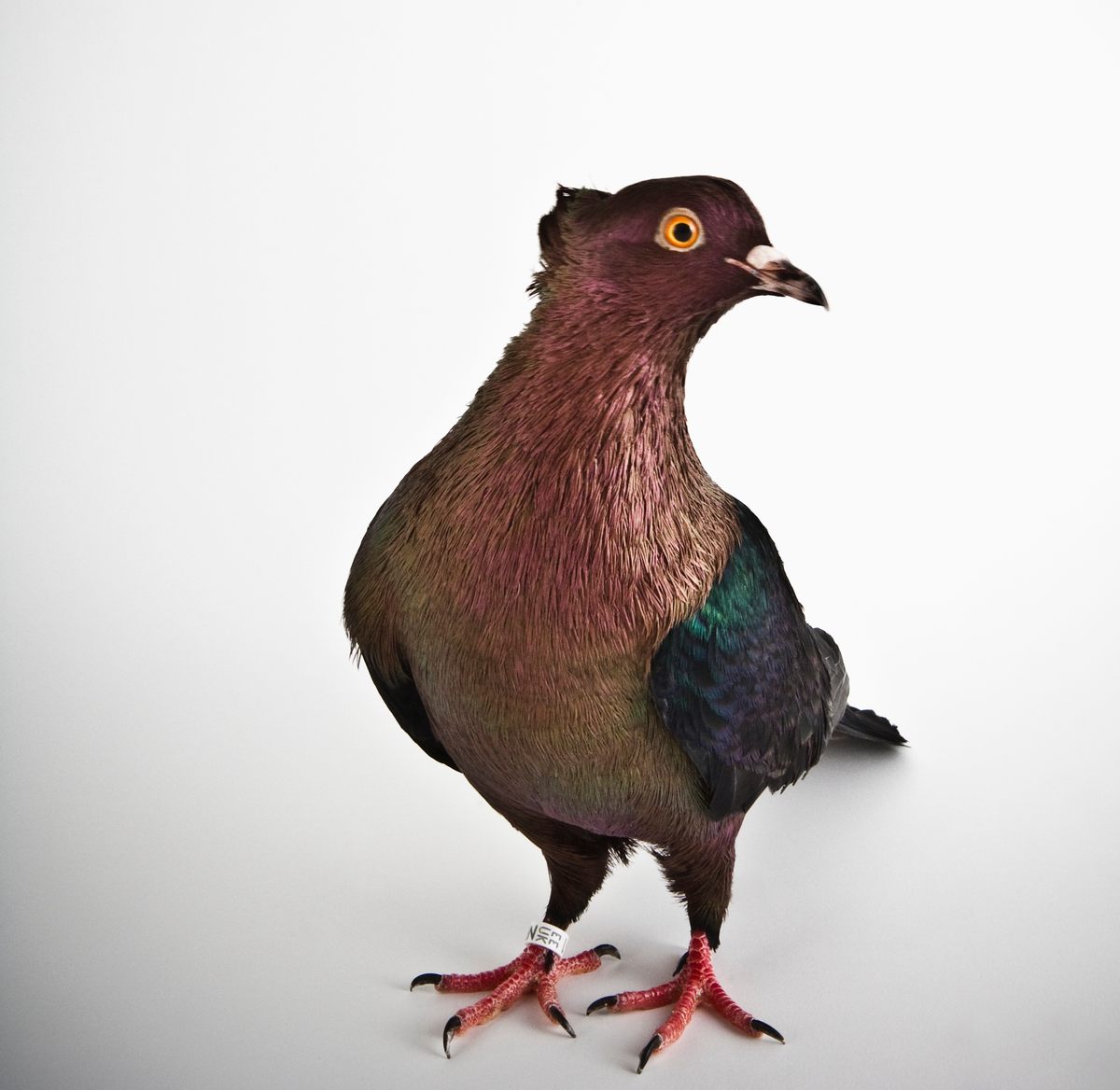
There’s a lot of cool options. There’s genetic evidence that T-check wings [a feather pattern] come from another species. At some point, people thought, “Hey, let’s cross-breed them with this other species to help somehow strengthen the breed,” for reasons we no longer remember. We can see these checkered birds everywhere. They seem to do better in certain environments. They do better in colder places, and I think they might also do better in more urban places. There’s something genetically going on there that we don’t understand.
In your list of reasons to watch pigeons, you write, “It’s a hard world; sometimes you need to look at a soft bird.” The world certainly feels hard right now. How has the pandemic changed your relationship with pigeons?
There’s definitely been an uptick in bird-watching, and it’s been really cool because in a lot of the spots where I go locally, I’m running into a lot of people where this is their first year of bird-watching. They haven’t seen a lot of the common local species, so they get so excited about all of these birds that, you know, maybe people who have been doing it for longer get a little jaded about. More of my friends have gotten into bird-watching than ever before, and that’s been really amazing to have company to go bird-watching with, but I think a lot of people are just discovering how calming it is to look at the local birds and also how much cool stuff there is to see immediately around you, especially in the city. I’m trying to encourage people to get sort of connected with their local ecosystems. When I started getting into that stuff, it just made my days a lot more interesting. I stopped pining for imagined, far-away locations and started looking at the cool local stuff.
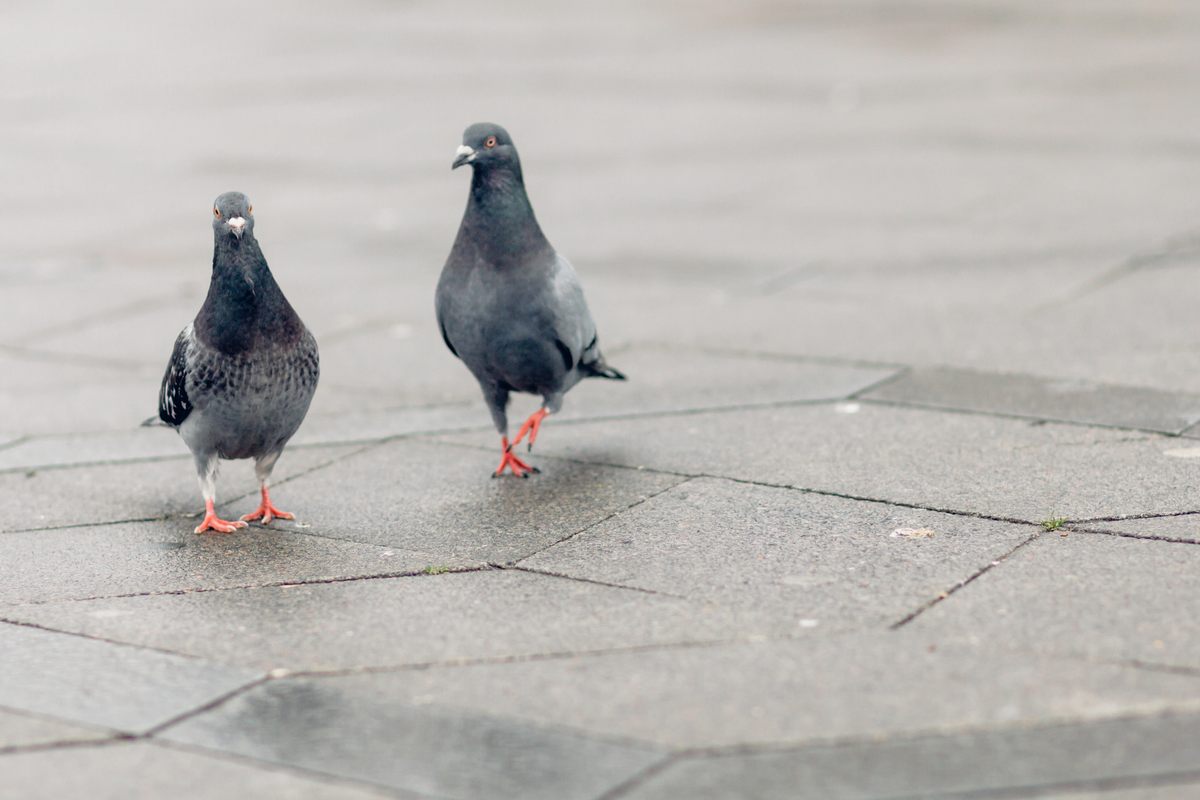
Pigeons are often called “rats with wings” by people who presumably aren’t big fans of either rats or pigeons. What do you think it would take for them to get a PR makeover?
There’s some encouraging news, which is that it didn’t take that long for pigeons to fall from grace in our eyes—only a few decades, maybe. Reversing it is totally possible. This hatred is not a deep-set, long-held belief. I think that a lot of it has to do with us understanding landscapes not as permanent, but as things that have changed over time. Once we realize where pigeons fit into that, we are a little more flexible. Their capacity for carrying disease, while not zero, is also way less than we think. I grew up with people saying, “Don’t go up to those pigeons, they’re going to make you sick.”
What I would say for pigeon PR is, look at their long, long, long relationship with us, look at all of the famous people who kept pigeons or loved pigeons or had pigeons influence their work. Look at the war hero pigeons of World War I and World War II. There’s such deep history there. Another thing that always helps is telling people that pigeons are huge romantics and they generally mate for life. That blows people’s minds, because we love romantic stories.
This interview has been edited and condensed.
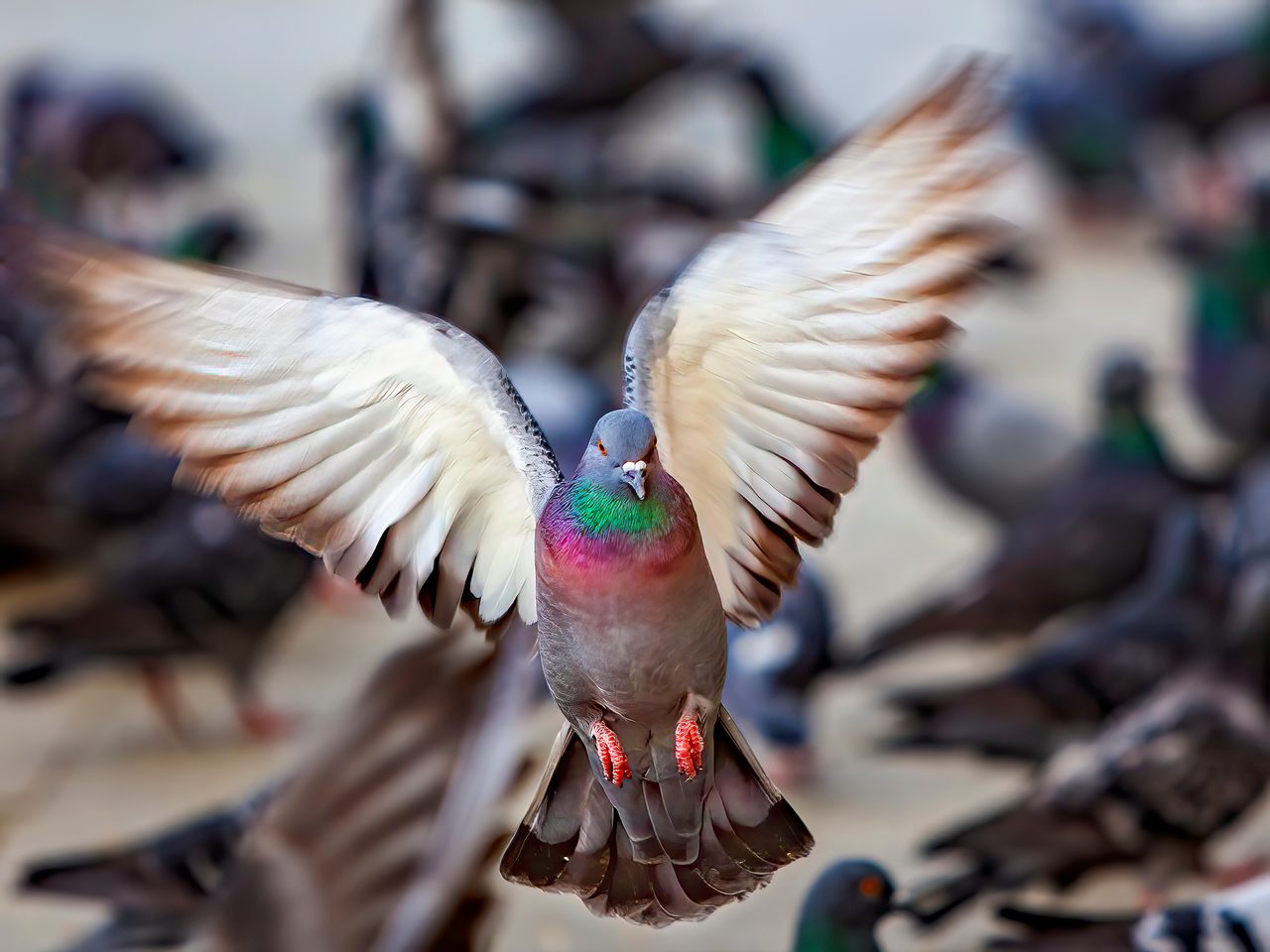


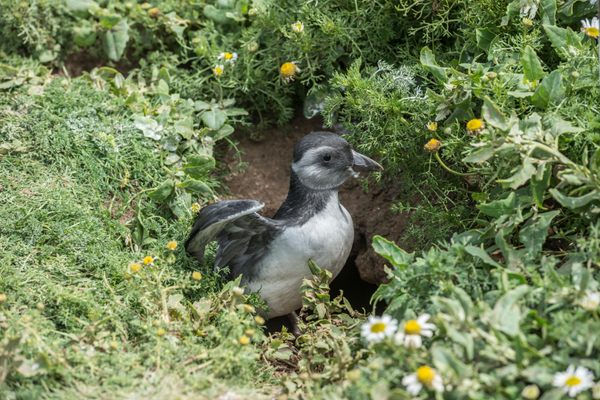
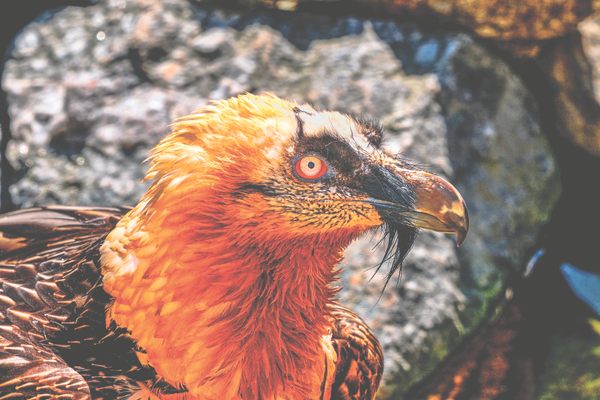





















Follow us on Twitter to get the latest on the world's hidden wonders.
Like us on Facebook to get the latest on the world's hidden wonders.
Follow us on Twitter Like us on Facebook